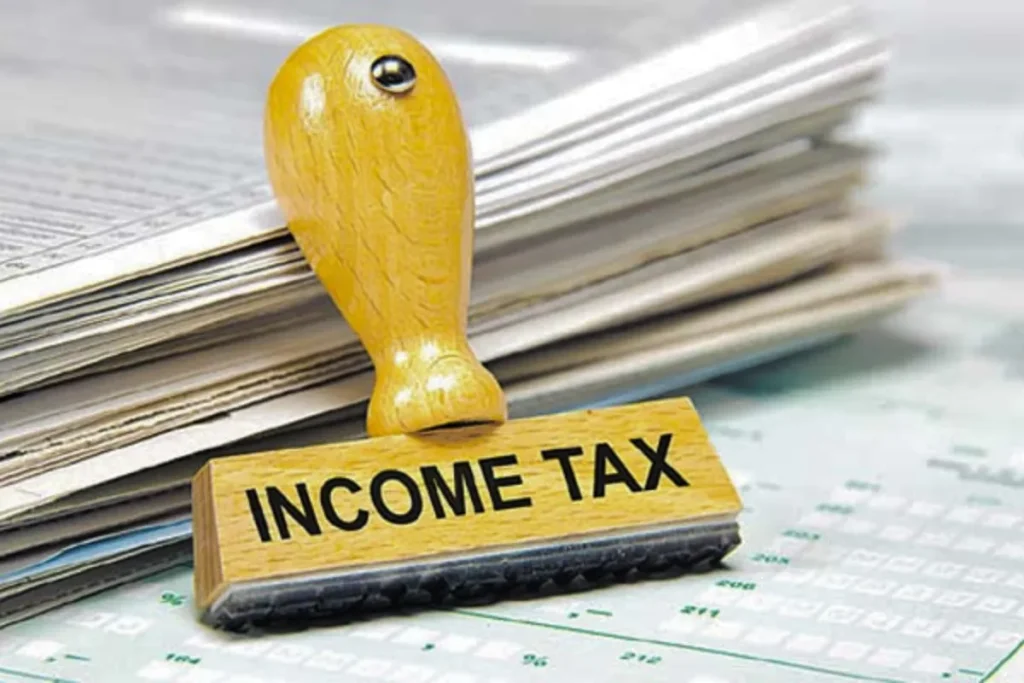Income Tax News: Finance Minister Nirmala Sitharaman’s announcement in the Union Budget 2023 signaled a significant change in India’s tax landscape, making the new tax structure the default choice for income taxpayers. As we anticipate the Interim Budget 2024 on February 1, it’s crucial to understand the implications of this shift and how taxpayers can navigate between the old and new tax regimes.
Old Tax Regime
The old tax regime, prevalent before the introduction of the new system, offers approximately 70 deductions and exemptions to reduce taxable income. It allows for a deduction of up to Rs 1.5 lakh under Section 80C of the Income Tax Act. Despite the emergence of the new tax regime, taxpayers retain the option to adopt this traditional approach.
New Tax Regime
Introduced in 2020, the new tax regime boasts lower tax rates and aims to simplify the tax structure by eliminating most deductions and exclusions. Under this regime, deductions are only available under Sections 80CCD(2) and 80JJA for specific scenarios. As per Budget 2023, the new tax system now serves as the default regime, featuring an increased basic exemption limit and rebate capped at Rs 7 lakh.
Switching Between Regimes
Taxpayers have the flexibility to switch between the old and new tax regimes based on their income type and preferences.
For Salaried Individuals
Salaried individuals can choose their preferred regime each fiscal year. While the new tax system is default for FY 23-24, individuals can revert to the old regime if it better suits their financial situation.
For Business Owners or Professionals
Those with business or professional income can switch between regimes, but limitations apply. Individuals in this category can only transition once in their lifetime. Once a decision is made, it’s irreversible.
How to Switch Tax Regimes
Follow these steps while filing your income tax return to switch between regimes:
- Select Regime: Choose between the old and new tax regimes based on eligibility.
- Verify Eligibility: Salaried individuals can directly select their regime on the ITR form, while business/professional earners must complete Form 10IE by July 31 of the assessment year.
- Submission Process:
- For Salaried Individuals: Choose the desired regime on the ITR form and complete the filing process.
- For Business/Professional Earners: Submit Form 10IE and file your ITR accordingly.
Switching to the Old Regime
This option is available only if you haven’t switched previously. Complete Form 10IE and file your ITR without specifying a particular regime.
Final Checks and Submission
Review your ITR details meticulously, authenticate electronically using Aadhaar OTP or PAN, and submit your ITR, ensuring compliance with your chosen tax regime.
Keep watching our YouTube Channel ‘DNP INDIA’. Also, please subscribe and follow us on FACEBOOK, INSTAGRAM, and TWITTER.
